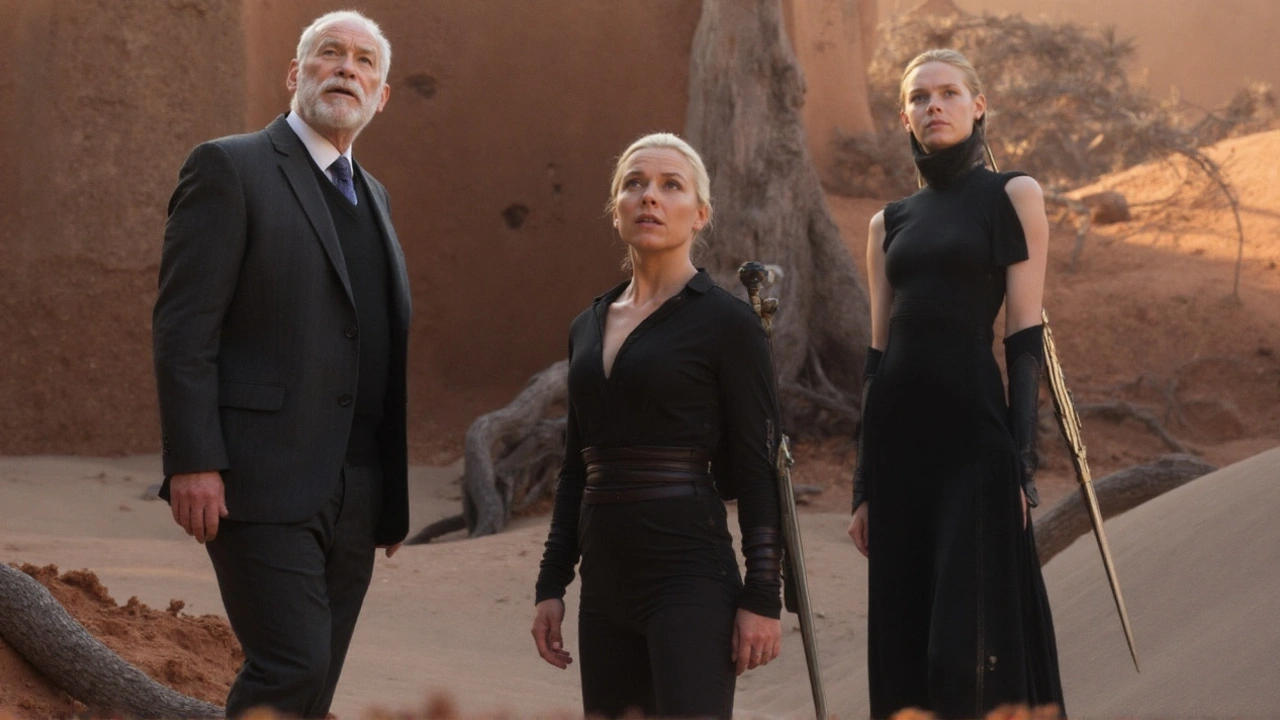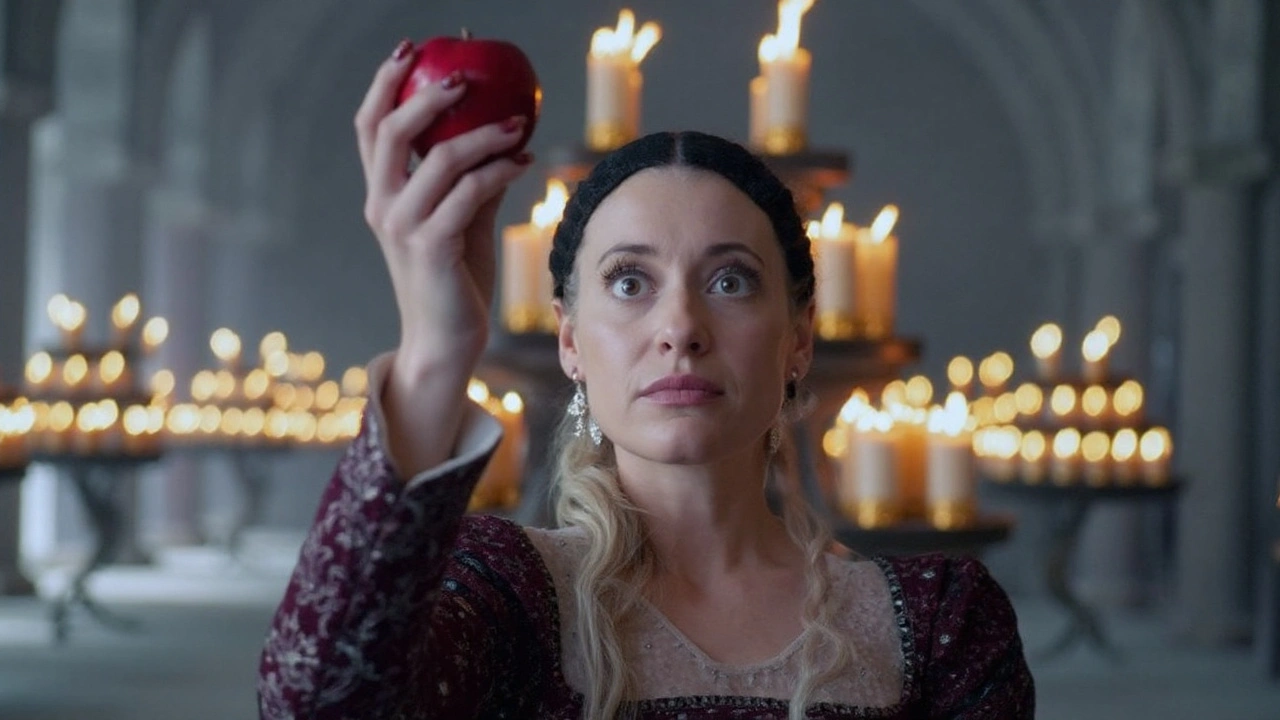Netflix locks in an ambitious two-season shoot for 3 Body Problem
Netflix isn’t easing into the next chapter of 3 Body Problem—it’s going all in. The streamer has kicked off a back-to-back shoot for seasons 2 and 3 in Hungary, a rare move that locks the show’s production calendar through August 2027 and signals real confidence in the series.
Filming for both seasons began in July 2025, shifting the production hub from the UK—where season 1 shot at Shepperton Studios with extra work in Spain, Panama, and the United States—to Hungary. The switch isn’t just about scenery. Hungary’s production incentives are among the most aggressive in Europe: a 30% rebate on eligible spend, with up to 25% of that spend allowed to be non-Hungarian. According to filings with the Hungarian National Film Office, the combined budget for the two seasons is $267 million, with $80 million coming via indirect subsidy.
Creators David Benioff and D.B. Weiss (Game of Thrones) and Alexander Woo (True Blood) are using the back-to-back setup to keep momentum—and continuity. It’s a practical solution to a common streaming problem: long gaps between seasons of effects-heavy series. Shooting straight through lets the team hold onto sets, props, and crews, and it reduces the risk of scheduling clashes with a growing ensemble cast. It also gives post-production a steady pipeline of footage rather than waiting for a traditional stop-and-start cycle.
Fans won’t see new episodes immediately, though. The plan points to a late 2026 launch for season 2, with the third season following faster than usual thanks to the continuous shoot. The calendar tells you a lot: from July 2025 to August 2027 is a long runway, and a show this technical needs it. Complex visual effects, large-scale set builds, and space-driven sequences are time-hungry even before you add sound design and color finishing.
Season 1—based on the first book of Liu Cixin’s Earth’s Past Trilogy—premiered in March 2024 and became one of Netflix’s buzzy sci-fi titles of the year. It ended on a knife’s edge: the San-Ti threat still looming, global institutions scrambling, and Will’s consciousness beamed toward a probe that never reached the alien fleet. That cliffhanger gives the new seasons a clear mandate: go bigger, go stranger, and keep the science ideas front and center.

Why Hungary, what’s changing on screen, and who’s joining the cast
So why anchor in Hungary? Beyond the 30% incentive, Budapest offers experienced crews, modern soundstages, and easy access to locations that can double for multiple continents or near-future settings. For a series that needs contemporary labs one day and deep-space sequences the next, compressing logistics into a single production ecosystem saves real money without squeezing production value. Consolidating in one primary location also avoids the travel-heavy patchwork of season 1, which split work across the UK, Southern Europe, and the Americas.
The budget—$267 million across two seasons—puts this run in the same league as Netflix’s top-shelf genre bets. That kind of spend doesn’t just mean bigger explosions. It means longer prep for practical sets, more time for simulations and rendering, and room to iterate on things viewers might not consciously clock: the way alien tech refracts light, the texture of future materials, the unnatural stillness of a digital sky. VFX houses prefer continuity, too. When assets roll straight from one season to the next, you get consistency on screen and fewer expensive rebuilds.
The cast is growing. Game of Thrones alum Alfie Allen has signed on in a role the team is keeping under wraps. He’s not the only new face: David Yip, Jordan Sunshine, Claudia Doumit, and Ellie de Lange are joining the ensemble. Allen has hinted the plans for these episodes are “pretty epic,” which tracks with where the source material goes next. Expect the returning core to anchor that expansion, with fresh characters widening the geopolitical and scientific lens.
Benioff, Weiss, and Woo have said they’re aiming for scale and continuity across the remaining chapters of Liu Cixin’s trilogy. Readers of the books know the next steps aren’t small. The Dark Forest and Death’s End push into time dilation, existential deterrence, and the unsettling logic of survival when civilizations collide. The show won’t drag viewers through a physics lecture, but the science ideas are part of the tension—and the spectacle. Back-to-back filming helps thread that needle, lining up story arcs so payoffs land in months, not years.
There’s a business story under the creative one. Locking two seasons at once is a hedge against the uncertainties that have dogged big TV: price inflation on crews and materials, calendar chaos, and shifting audience attention. If Netflix wants to finish the trilogy—something the renewal all but promises—this is how you do it without losing viewers to a two- or three-year gap.
Hungary, for its part, continues to position itself as a major pipeline for global productions. The country’s rebate structure is predictable, and local vendors are used to handling international shows that need both precision and speed. For a series that jumps from a lab bench to the edge of the solar system, that reliability matters. Fewer location moves also mean fewer continuity risks—no re-dressing a set months later and praying it matches shot 27 from scene five.
What should fans expect on the calendar? If season 2 hits late 2026, the third season could follow with a notably shorter wait than the jump from 2024 to 2026. That doesn’t mean a quick turnaround—render farms and sound mixes still take time—but it does mean Netflix can market the final stretch as one continuous experience rather than a stop-start saga.
The creative stakes are just as high as the financial ones. Season 1 built its tension around a global awakening to a slow-moving existential threat. The next two seasons have to broaden that frame: more countries, more competing strategies, and harder choices about how far humanity will go to survive. That’s where production design and VFX become story tools, not just eye-candy. The design language of San-Ti tech, the starkness of space, even the silence between signals—those choices sell the fear and the wonder.
One reason the back-to-back plan matters: character continuity. When you bridge seasons without a long break, performances don’t drift. Relationships land with the same energy they had at the cliffhanger, and arcs that rely on small shifts in trust or ideology don’t get lost in the gap. It’s a practical win for the writers’ room too; they can seed setups and payoffs knowing cameras will be rolling again in weeks, not years.
If you’re looking for spoilers, the production isn’t giving them. Plot details are under wraps, and the new roles are intentionally vague. But the coordinates are clear enough: a longer shoot window, a bigger budget, an expanded cast, and a playbook designed to deliver two seasons that feel of a piece. After a breakout first season, Netflix is betting that consistency and scale will carry 3 Body Problem across the finish line of Liu Cixin’s trilogy.
For now, cameras are rolling in Hungary. The finance is locked, the schedule is set, and the showrunners have a runway to build a world that matches the ambition of the books. If all holds, season 2 lands late 2026, with the final season not far behind. The wait won’t be short, but it should be smoother—and for a series this dense, that’s half the battle.


Author
Ra'eesa Moosa
I am a journalist with a keen interest in covering the intricate details of daily events across Africa. My work focuses on delivering accurate and insightful news reports. Each day, I strive to bring light to the stories that shape our continent's narrative. My passion for digging deeper into issues helps in crafting stories that not only inform but also provoke thought.